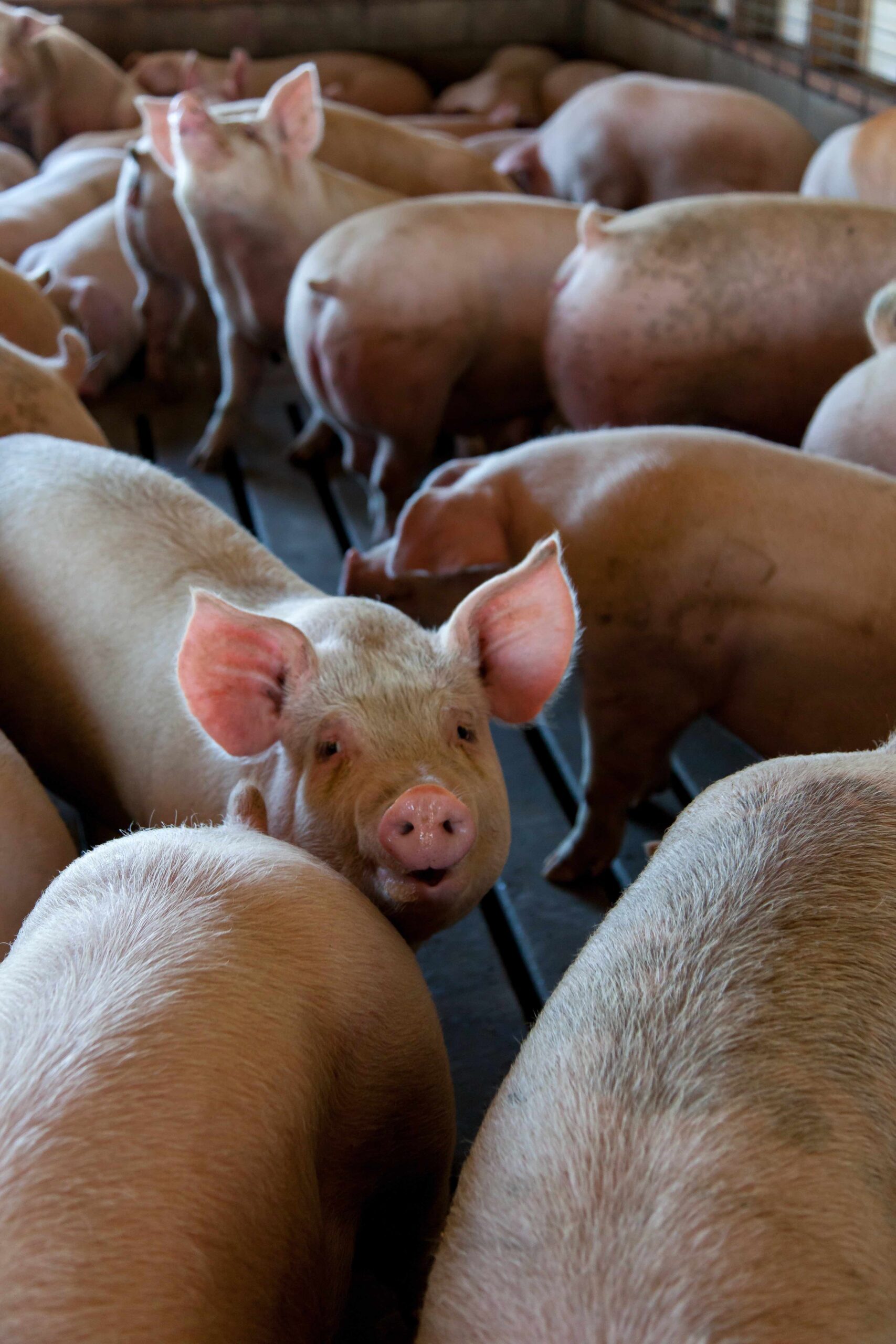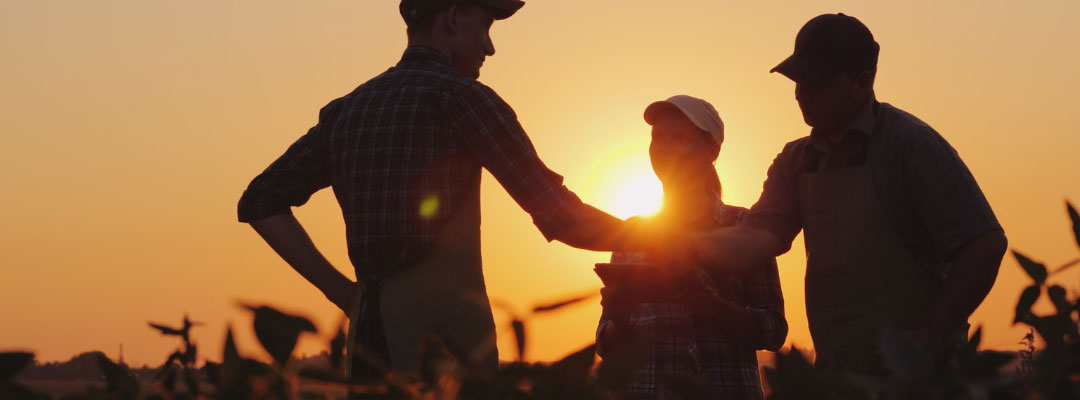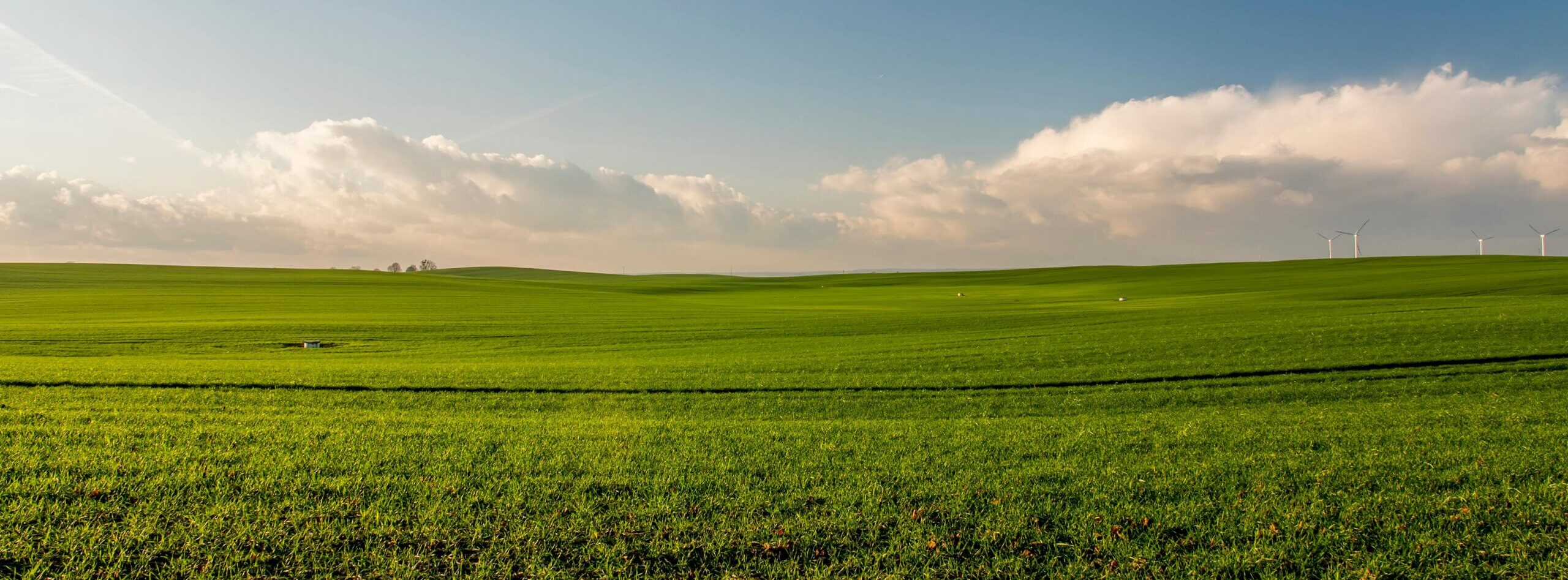An increasingly important decision facing farmers is incorporating conservation and ecosystem services into their production activities. U.S. state and federal agencies, market-based entities, and non-governmental organizations are all developing programs that modify how food and fiber are produced with respect to environmental concerns. Local soil and water conservation districts and the USDA Natural Resources Conservation Service provide cost share for specific conservation activities. One of the roadblocks to ecosystem service contracts and conservation practices is involving both landowners and tenants on land that might be eligible for the programs offered. Many ecosystem and conservation services contracts have longer terms than the underlying lease on the land. Most require the landowner to agree to the contract but then the tenant is responsible for complying with the contract provisions. This situation requires landowners and tenants to successfully navigate the negotiation of incorporating conservation practices into their farmland leases.
To help farmers and landowners augment a traditional lease, we suggest a four-step process: 1) understand objectives; 2) explore opportunities; 3) communicate; and 4) document the agreement.
Understand objectives. Both landowners and tenants have various objectives in farming a piece of land. Landowners have objectives as diverse as profit maximizing to recreational enjoyment to improving the environment. Tenants also have various objectives – including making a profit, efficient use of existing assets, and family lifestyle. However, the first, and often only, objective discussed is the financial objective. Both landowner and tenant approach the other with the goal of settling on a rental rate that satisfies both. Because conservation has implications for the long-term value of the land, it is easier for the tenant to assume the landowner might value a lease change that involves conservation activities. Therefore, the tenant can merge financial goals (maintaining long-term investment) with conservation goals.
Explore Opportunities. Conservation activities are site-specific. A conservation plan for one field may not be appropriate for an adjacent field for numerous reasons. Exploring opportunities is a transaction cost. Transaction costs include education about alternatives, investigation into sources of assistance, obtaining a viable conservation plan, and estimating the cost of enacting the conservation plan. The party most interested in modifying the lease is likely the one who will need to incur the bulk of the transaction costs. These expenses may occur before communication with the other party begins.
Communicate. Success is enhanced by approaching the other party with a clear but flexible plan that acknowledges the other’s objectives and meets their educational needs. The act of beginning a conversation can reveal objectives and opportunities for meeting both party’s objectives. Communication takes time. The person receiving a request needs time to think about how it fits with his/her objectives. Often, a counterproposal is made that needs to be considered by the other party. Multiple discussions are common for all but the simplest changes. Even when a plan is agreed to, drawing up the final details and finding resources takes time. Waiting until lease renewal is due is not a good time to propose a change. Change needs to be proposed months before a lease renewal date so that neither party is rushed or rejects it outright for lack of time to think through the consequences.
Document the agreement. Incorporating conservation practices into leases is not common practice in the U.S., so there is a danger of not understanding what each party agreed to do. Documenting the agreement in a written lease prevents misunderstanding. Because conservation activities tend to span more than a single year, the lease agreement may move from an annual lease to a multiple-year lease. Some ecosystems services programs (e.g. carbon credits) may go directly to the landowner, therefore rental rates need to be adjusted to incentivize the farmer to implement the practice on lease ground. For example, in the first year or two, when cover crops are planted, the landowner might reduce rent by a fixed dollar amount with the agreement that it will rise back to a more customary rate in year three. The same effect can be obtained by the landowner agreeing to pay for part of the expense of planting cover crops for years one and two but ceasing to pay after that. This way of incentivizing cover crops involves agreeing upon both the rental discount (or payment) amount and the number of years. These types of agreements need to be in writing so that they are not forgotten or become a point of disagreement in the future.
For more details see Massey and Hefley (2023) available at: https://extension.missouri.edu/publications/g421
Taylor, Mykel, and Ray Massey. “Incorporating Conservation Practices into Leases.” Southern Ag Today 4(25.3). June 19, 2024. Permalink








